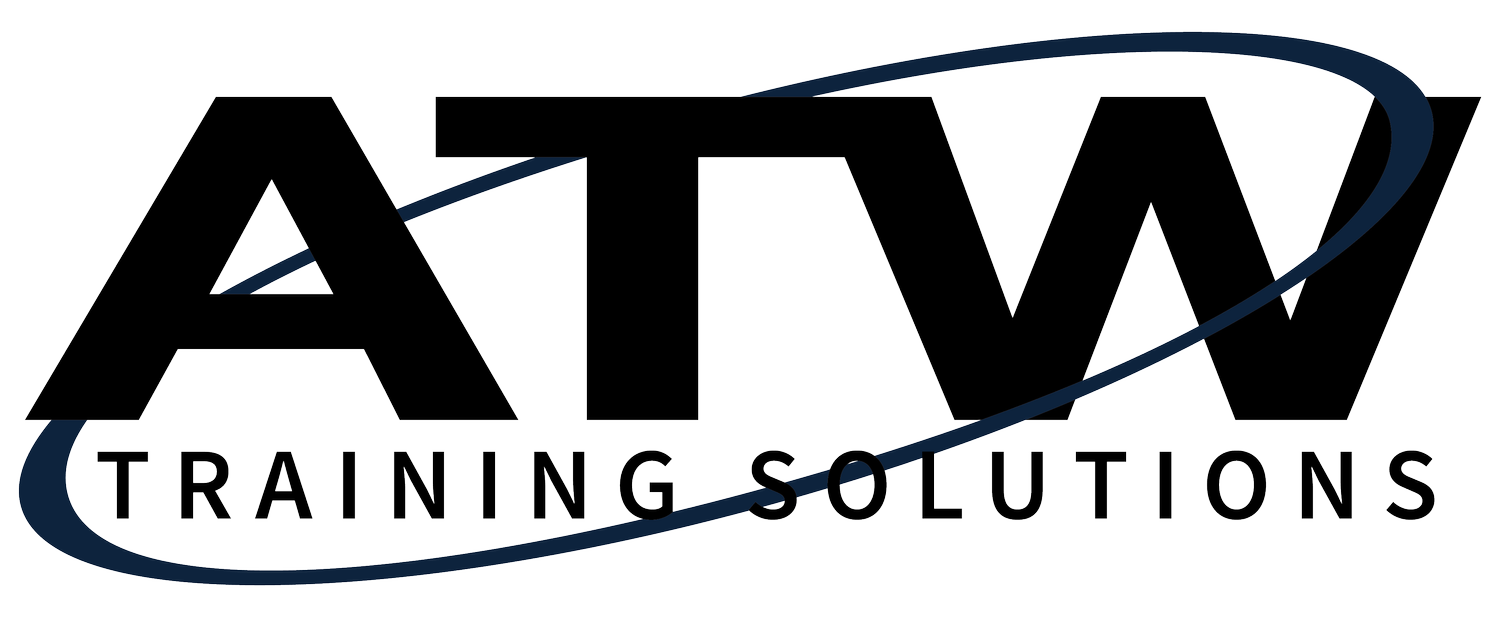Adopting Emotional Intelligence In The Workplace Is More Than A ‘Nice To Have’
By Alex Argianas for Forbes
Depending on the crowd, I believe the importance of emotional intelligence (EI) in the workforce holds the same importance as IQ. EI is often the darling of the HR department but, to the chagrin of team members, not always modeled by the company. At a 50,000-foot level, EI is treating everyone on your team the way you want to be treated—with empathy, compassion and self-awareness, along with entrepreneurial spirit—hopefully empowering your team to exhibit the same behavior.
I've found that companies that actively model and exhibit EI skills are better able to manage their daily interactions both in and out of professional settings. When practiced in the office, EI acknowledges that humans are social beings and, despite organizations’ best efforts to keep the personal out of the office, the personal is part of the human condition.
So, what is EI and how can it build better companies?
Related: Emotional Intelligence: Improving Effectiveness & Communication Within the Workplace
Emotional What?
EI first entered our lexicon as early as the 1920s with psychologist Edward Thorndike describing the modern-day concept as “social intelligence.” As a general definition, EI is the perception, management, self-awareness and communication skills that help team members overcome significant challenges to successful business operation. Put differently, the goal of EI is to effectively manage the emotional minefield of the professional environment and be used to benefit your team and clients.
Examples Of EI In The Workplace
Concrete examples of EI that I use in my own company include the adoption of active listening in all company meetings (listening to colleagues, not interrupting and asking clarifying questions to confirm discussed concepts) and exercising self-awareness. Acknowledging that all members need to be aware of their social skills is a great place to start. Poor social behavior should also be identified and dealt with (at all levels) through constructive feedback. Equally so, there should be acknowledgment and affirmations for team members who model positive behavior.
Park the egos at the door and focus on creating an environment where all team members are comfortable speaking when they’re upset. And, more importantly, put in place authentic mechanisms that prevent retribution. Conflict also provides an excellent opportunity to model constructive EI skills and allows companies to respond instead of reacting. There might be organizations that need additional support. In those cases, a consultant can be brought in to evaluate the procedures put in place to support EI.
Building Better Companies: Profit Over Altruism
A recent collaborative study confirmed what we all know: transformative leaders affect change by leading from the front. Put differently, happy people like to work with other happy people; genuine positivity is contagious. Emotionally intelligent leaders are better at managing their own emotions and better at understanding and influencing the emotions of others. If you want your team to be successful, a top-down emotionally intelligent approach works best with leaders who model EI behaviors to their team.
EI isn’t just a way to care for employees, it also makes financial sense, and the data supports this. Various studies on EI in the workplace suggest a retention rate of 400% higher, employees who feel 50% more inspired by their work, up to a 50% decrease in lost-time accidents and more than 40% improved productivity. In fact, in one such study, the ROI of EI training was nearly 1,500%.
Barriers To Implementation?
The unfortunate truth is that EI in an organization is a top-down approach. Without leadership support, EI initiatives will fail. But the successful implementation of EI does not rest solely on the shoulders of leadership. Team members, too, must take accountability for the role they play in the successful adoption and modeling of EI.
Implementation can be an invasive process and may uncover inconvenient truths about your organization. When all the assessing is done, it’s important to "lean" into it and adapt as necessary, however challenging that may be. This also means terminating team members whose expectations, actions and needs are not aligned with the company.
EI As Professional Symbiosis
Regardless of how great your culture is, I believe employees do not come to work for fun or to be a part of a "work family." Employees seek out a trade of their time for monetary compensation and increasingly measure success by the amount of self-fulfillment they get in the office. While it might detract from the pure altruism of EI, there is a symbiosis between value-driven meaningful work and the retention, sustainability and happiness of a business's workforce. A company with a strong identity that practices EI can transfer that identity and positive work environment to its team. Companies that provide a supportive environment can also attract employees that see themselves reflected in the company’s mission, vision and values.
EI Is A Win-Win
When employers and employees view EI through the same lens, everyone wins. Employees have what they need to be productive and fulfilled, while companies earn loyalty and productivity from team members. From foundational research to the present, the most effective teams are emotionally intelligent ones.
